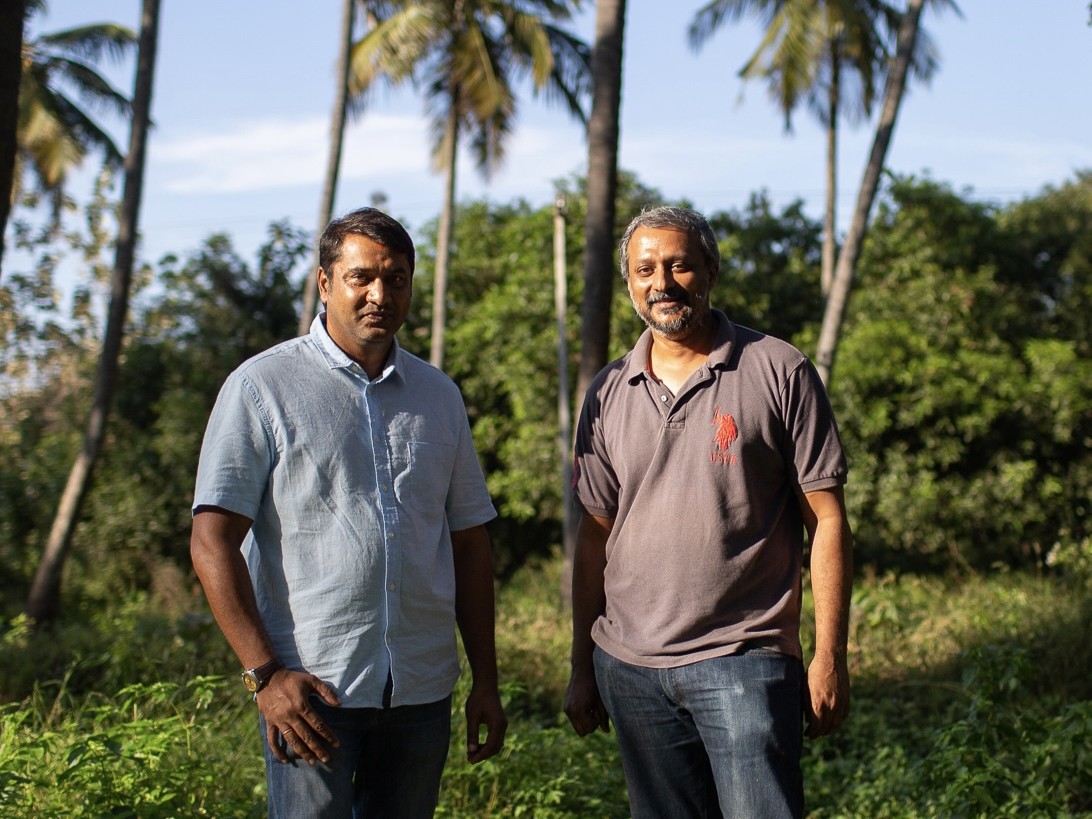About a decade ago, faculty and administrators at the Chicago Waldorf School realized they had outgrown their home. CWS was the largest Waldorf school in the Midwest and its 360 students were housed in a cramped 47,000-square-foot building rented from the Archdiocese of Chicago.
Its high school, in particular, was bursting out of its space. All the classrooms worked double duty. Spanish classes shared a space with math. English shared with the technology lab or music. There was no place for the 62 teenagers to hang out. Worst of all, “our high school was really seeing growth and the building was restricting our growth,” says Luke Goodwin, the school’s administrative director.
Like many renters, the school wanted to own a permanent home. They spent years looking for the perfect property until one finally became available. But in order to buy it, the school needed financial support. Turning to RSF was a natural move.
RSF Social Finance has close ties to Waldorf schools. The organization arose in 1984 when a group that wanted to put Austrian visionary Rudolf Steiner’s economic theory into practice revived the Rudolf Steiner Foundation. Steiner originated Waldorf education as well as developing associative economics, and in its early years RSF focused exclusively on supporting Waldorf schools. RSF has long since expanded its scope, but has remained dedicated to the schools, lending them $125 million over the years. And RSF also operates with the underlying tenets of Steiner philosophy, seeking to build an economy that’s rooted in community and considers everyone’s needs.
“It’s really powerful to have this different model of education out in the world,” says Amy Bird, RSF’s senior manager for social enterprise lending. “So much of the education world now views schooling as a means to get a job. Waldorf takes a step back and looks at building human capacity and understanding the fundamental interdependence of all people and the world around us. We wanted to help the Chicago Waldorf School because it fits into this much broader ecosystem of holistic educational approaches.”
Started at a kitchen table
The school was founded in 1974, when five families gathered around a kitchen table to discuss giving their children a Waldorf education, based on experiential learning and nurturing the whole child. Soon after, they rented a room in a church basement and held their first kindergarten class. It had one teacher and five students.
As the school grew, it moved from smaller campuses to larger ones, renting them all from the Archdiocese of Chicago. In 2008, CWS decided to look for a permanent home. On its wish list? A 100,000-square-foot building on the north side of Chicago (desirable neighborhoods included Rogers Park, Andersonville, Uptown, and Lincoln Park). And it had to have outdoor green space.
CWS searched in vain until 2012, when Chicago closed 53 of its public schools and a number of properties became available. CWS found one that was perfect: the Lymann Trumbull Elementary School in the Andersonville neighborhood. Built in 1909, the Prairie School building (think Frank Lloyd Wright) had large hallways and windows, light-filled stairwells and a central auditorium.
The school put together a solid bid and entered the blind auction—only to be slightly outbid by a condo developer. But CWS, suspecting that the new owner would not be able to follow through on the city’s requirement that housing use would have to include a theater, continued to express its interest. Five years later, CWS got a chance to buy the property.
A community comes together to realize the dream
CWS had raised $2.7 million through a capital campaign, but needed more: $6.75 million to make the purchase, plus about $4 million for renovations.
RSF helped with the rest. The school had opened an account with RSF in 1995 and the project was a natural fit.
RSF and the school worked together to create a financial package. RSF provided $6 million in the form of a five-year, no-interest loan—the largest loan RSF has ever made to a Waldorf school. Beyond that, RSF looked at how to bring different types of capital together to make the project happen, says RSF’s Bird.
RSF reached out to Waldorf’s Mid-States Shared Gifting Group Fund, which holds its investments at RSF, and the fund agreed to guarantee $1 million of the CWS loan. Goodwin then appealed to his school’s community, which led three CWS families to lend the school the additional $2.75 million needed. As a goodwill gesture, 30 people from the school’s community also decided to invest at RSF.
“RSF put all of the puzzle pieces together for us,” says Goodwin. “They put a lot of time into building our relationship, and we knew they wanted to work with us. They gave us terms that banks probably wouldn’t be comfortable giving us.”
Settling into a new home
CWS took possession of Trumbull Elementary on June 15, 2018, and then made a mad dash to get ready for the school year, doing $4 million of renovations over the summer, including plumbing and electrical work and creating specialty classrooms. Now it has 50,000 square feet for the high school alone.
RSF’s investment enabled CWS to increase high school enrollment by 13% (its ultimate goal is to double high school enrollment to 200 students) and add three new teachers and a new senior operations director to its 70-person staff.
The school hopes to have a total enrollment of around 475 in the near future, which would make a Waldorf education available to more students in underserved communities. CWS has worked with the National SEED Project (Seeking Educational Equity and Diversity) since 2013 to create a safe and welcoming environment for students of color. Currently, almost 40% of the school’s students are from nonwhite populations and 40% of all students receive some sort of financial aid.
The school has also become a community center, opening its doors recently for an alderman’s town hall meeting and a bookstore’s author events. Next summer, CWS will host the Association of Waldorf Schools of North America’s Waldorf 100 conference, celebrating 100 years of Waldorf education.
Most important, CWS has a space to call its own.
“It’s this dream that we’ve been talking about for so long,” says Goodwin. “You know what it’s like in a family when they finally buy their first home? It’s that same sort of feeling.”



